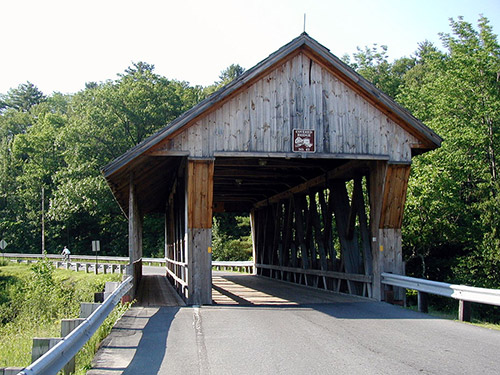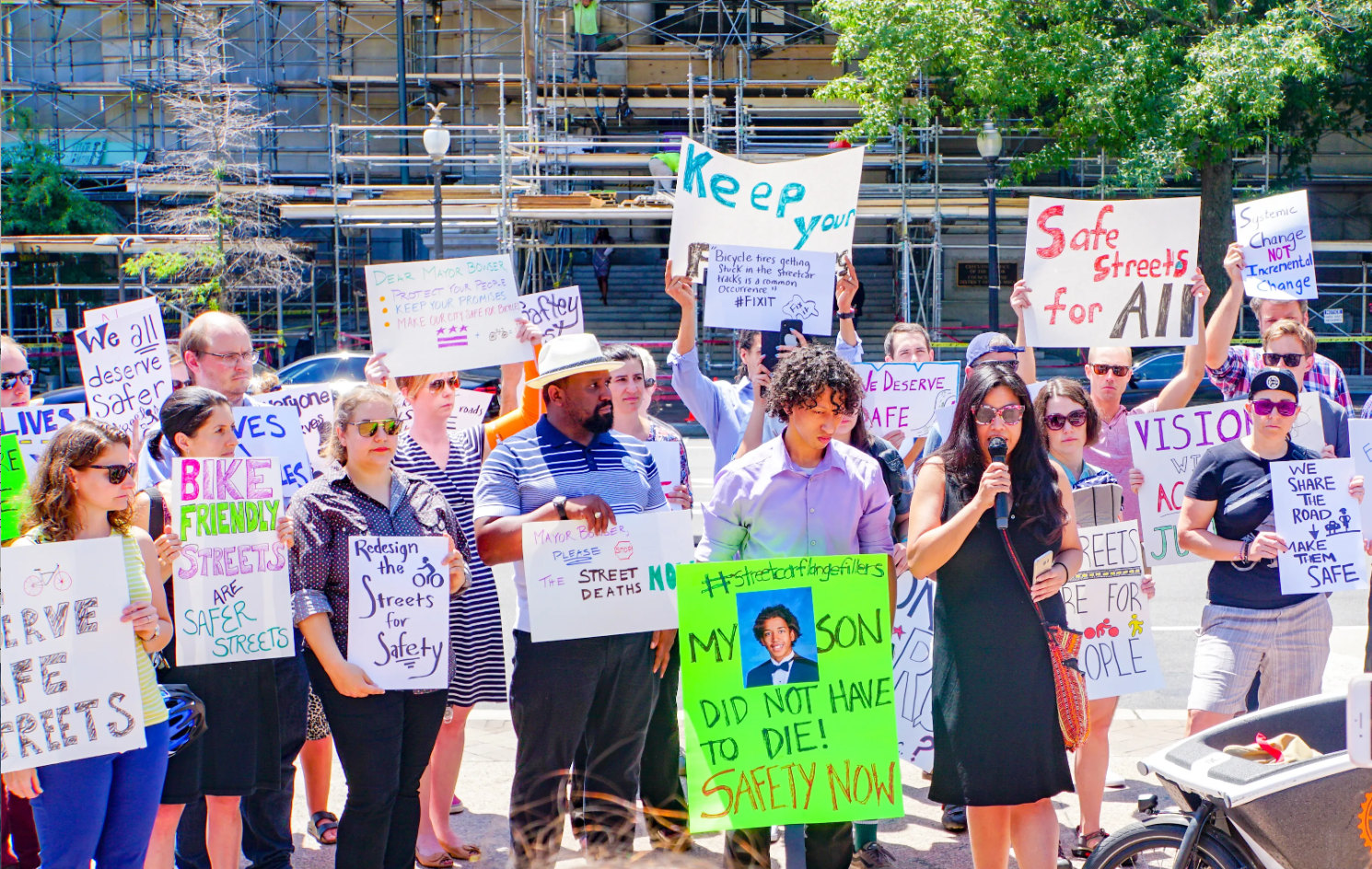The country’s crisis of crumbling infrastructure could be a once-in-a-lifetime opportunity to expand bicycle access.

With one out of every four U.S. bridges deemed deficient, obsolete, or inadequate, a spate of bridge reconstruction is already overdue. And as planners start engineering the improvements, pedestrians and cyclists have to make sure they’re part of the process. Advocates should remember that the USDOT requires bike accommodations on bridges built with federal funds.
That’s the call from the League of American Bicyclists and the Alliance for Biking and Walking. The two groups released a report this week called Bridging the Gaps in Bicycling Networks: An advocate’s guide to getting bikes on bridges [PDF].
The Bike League and the Alliance walk advocates through the most common obstacles to gaining bike-ped access on bridges and shows how other groups have been successful. For example, “Advocates in the San Francisco Bay Area got a bike path included on the new eastern span of the Bay Bridge by using bike counts on the Golden Gate Bridge: 220-250 bikes per hour.”
South Carolina cyclists famously won a bridge-access campaign for the Ravenel Bridge over the Cooper River in Charleston. State officials came at them with every excuse in the book from cost to low usage estimates to suicide risk from jumping. Officials scoffed at the idea, asking “Why not allow horse-drawn carriages on the bridge?”
That’s when their campaign kicked into high gear behind the slogan, “Can’t wait to bike and walk the new bridge!” They printed it on hundreds of T-shirts and thousands of bumper stickers… Thirty thousand postcards were sent. The Mayor’s secretary complained that she had never seen so many cards and letters about one issue… Within a few weeks, SCDOT got behind the idea, too. What convinced them? [Advocate Don] Sparks says, “It became obvious that this was something they couldn’t fight” because the public supported it. When it appeared that the politicians were becoming amenable to including a bike and pedestrian path, Charleston Moves took out a half-page ad in the local newspaper thanking the DOT – even before the deal was done!
The resulting 2.7 mile long, 12-foot-wide, bi-directional, shared-use facility was named Wonders Way in honor of Garrett Wonders, who had been killed while riding his bicycle.
Bicycle and pedestrian access on the bridge isn’t much help if there’s no access to the bridge. “But as transportation engineer Anthony Powers says, ‘This is a design problem, not a reason for not providing accommodation.’ The design and engineering of the approaches require at least as much attention as any other component of the project.”
Naysayers will try to discourage advocates by saying it costs too much to include non-auto modes, or it’s a threat to national security (come again?), or the bridge can’t support the weight of an extra lane.
How can cyclists and pedestrians counter those arguments? Build coalitions. Make your voice heard. Find friendly elected officials who will press your case. Be strategic about who you’re trying to influence and how to get to them.
And start early. Take a look at the bridges in your area. If they’re in disrepair, there might already be plans to start upgrading it. The earlier you intercede in the design process, the better your chance of getting accommodations.





